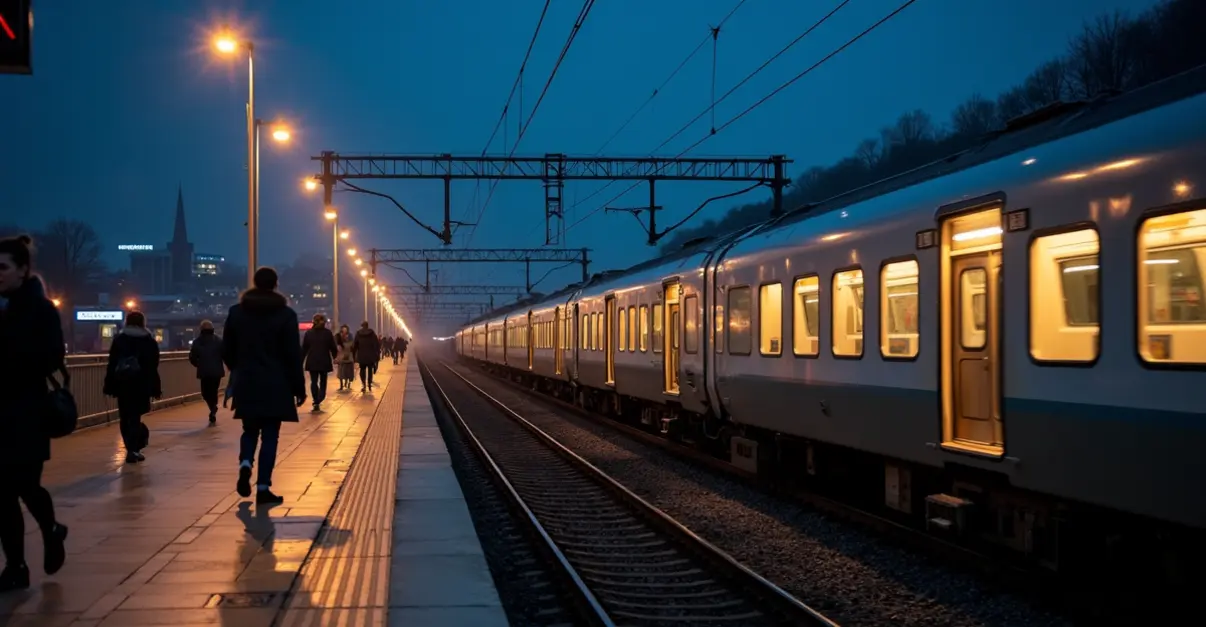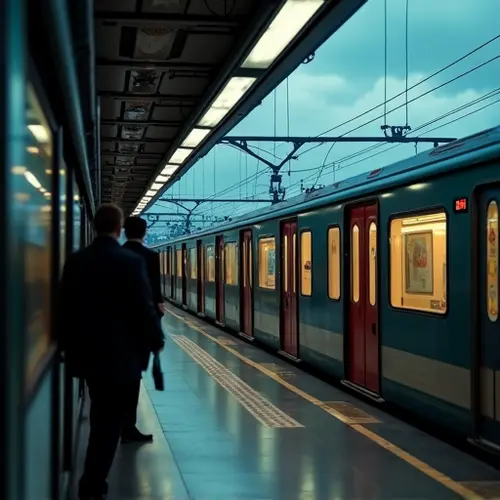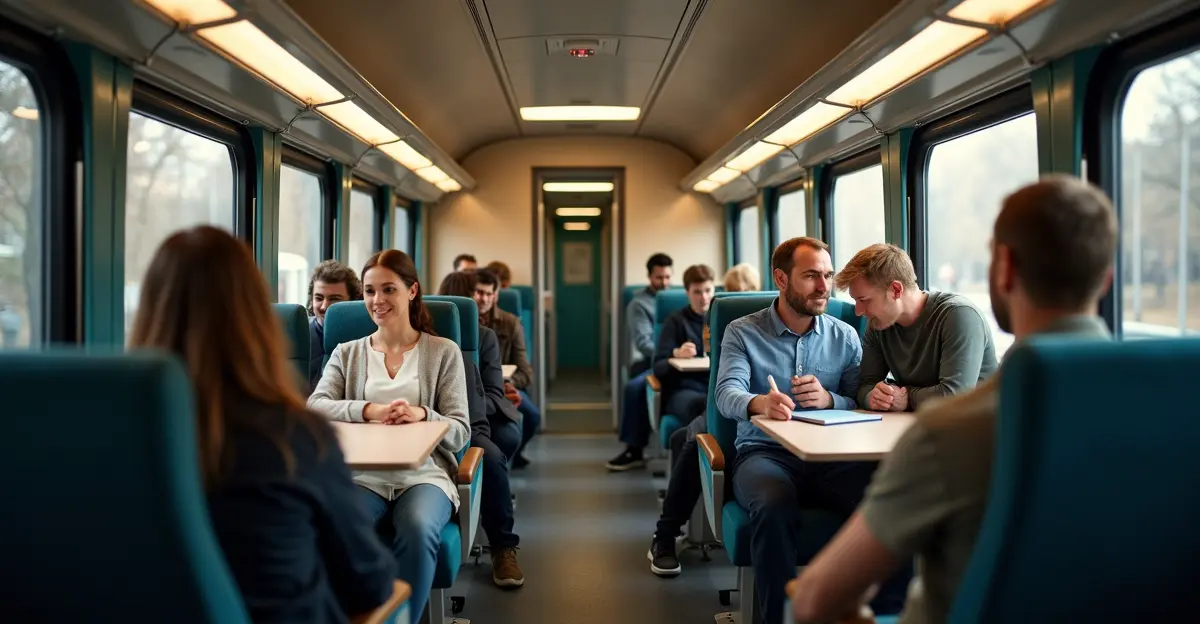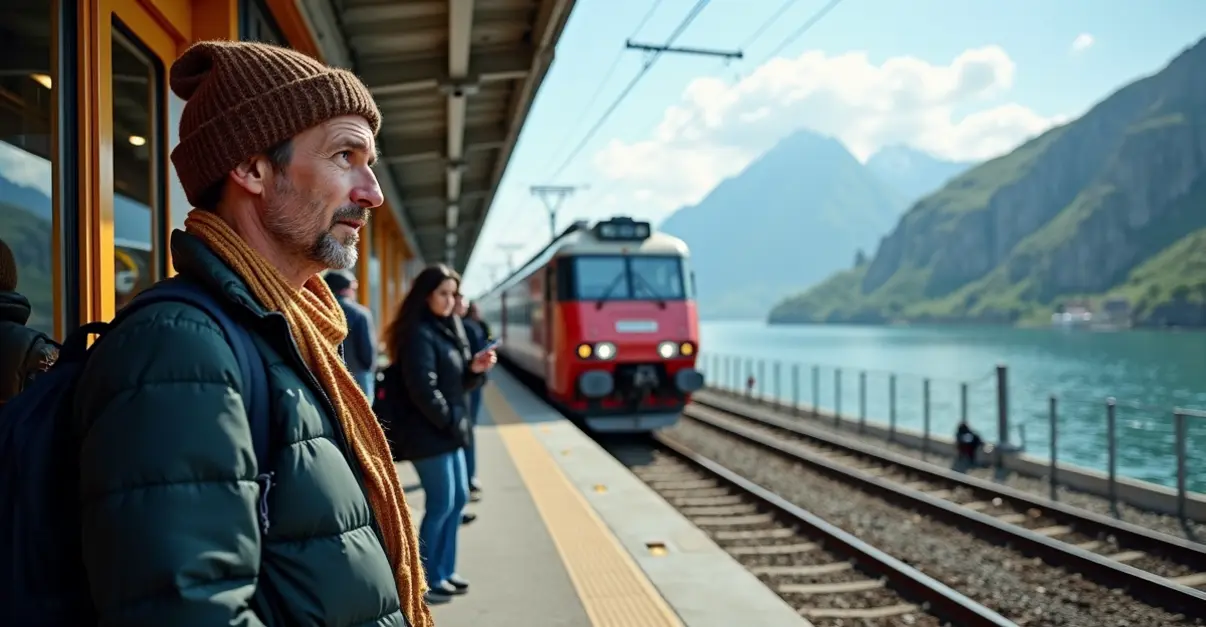Cities are launching night train routes to replace short flights, driven by sustainability benefits and growing passenger demand. Modern amenities and infrastructure upgrades support this shift toward low-carbon travel alternatives.

Night Train Expansion Targets Sustainable Travel Revolution
In a major push toward sustainable transportation, cities across Europe and North America are launching new night train routes designed to replace short-haul flights and reduce carbon emissions. The initiative represents a significant shift in urban mobility strategy, combining environmental benefits with growing passenger demand for comfortable overnight travel options.
Sustainability Benefits Driving Expansion
The environmental advantages of night trains are substantial. According to recent research published in ScienceDirect, overnight trains can serve as the most viable low-carbon travel option for many European routes, potentially replacing up to 35% of intra-European aviation trips. 'Night trains offer a perfect solution for combining travel time with rest while significantly reducing environmental impact,' says transportation analyst Maria Schmidt. 'They represent a crucial component in our transition to sustainable mobility.'
The carbon footprint comparison is striking: trains produce up to 90% fewer emissions per passenger kilometer than airplanes, especially when powered by renewable energy sources. This environmental benefit is driving both government support and consumer interest in night train services.
Passenger Demand Exceeding Expectations
Recent expansions have revealed unexpectedly high passenger demand. European Sleeper's Brussels-Berlin route, which recently extended to Prague, has seen bookings exceed projections by 40%. Similarly, ÖBB's Nightjet network has reported consistent growth across its expanding route network. 'We're seeing a fundamental shift in travel preferences,' notes European Sleeper spokesperson Thomas Vander. 'Travelers are actively seeking alternatives to crowded airports and the environmental guilt associated with short flights.'
The appeal extends beyond environmental concerns. Modern night trains now feature improved amenities including better soundproofing, vibration dampening, power outlets, Wi-Fi, and private showers. These upgrades address previous complaints about comfort and convenience that had limited night train popularity.
Infrastructure Upgrades Supporting Growth
Significant infrastructure investments are enabling this night train renaissance. In the United States, Amtrak is advancing major infrastructure projects as part of its transformation into a modern intercity passenger rail operator. According to Amtrak's infrastructure update, the company is building new bridges, tunnels, and trains to meet historic ridership demands across over 500 communities.
Meanwhile, private companies like Lunatrain are entering the market with ambitious plans. The Philadelphia-based company announced plans to launch modern night train services connecting major U.S. and Canadian cities, focusing exclusively on sleeper trains for overnight trips. 'Our goal is to provide Americans with comfortable alternatives to air travel and congested highways,' stated Lunatrain CEO Mike Avena in a recent Newsweek interview.
Challenges and Future Outlook
Despite the enthusiasm, challenges remain. Rolling stock availability has been identified as a key constraint limiting expansion. Research indicates that accommodating just 10% of current air passengers would require several hundred additional overnight services. 'Coordinated large-scale government investment in rolling stock is necessary to unlock meaningful service expansion,' emphasizes transportation researcher Dr. Elena Rodriguez.
Cross-border coordination and ticket pricing also present ongoing challenges. However, with EU funding through the Green Deal initiative and growing political support, the night train movement appears poised for continued growth. New startups like Nox plan to connect 100 European cities by 2035, positioning night trains as sustainable alternatives to budget airlines.
The combination of environmental benefits, growing passenger demand, and infrastructure upgrades suggests that night trains are not just experiencing a temporary revival but establishing themselves as a permanent feature of sustainable urban transportation networks worldwide.

 Nederlands
Nederlands
 English
English
 Deutsch
Deutsch
 Français
Français
 Español
Español
 Português
Português









